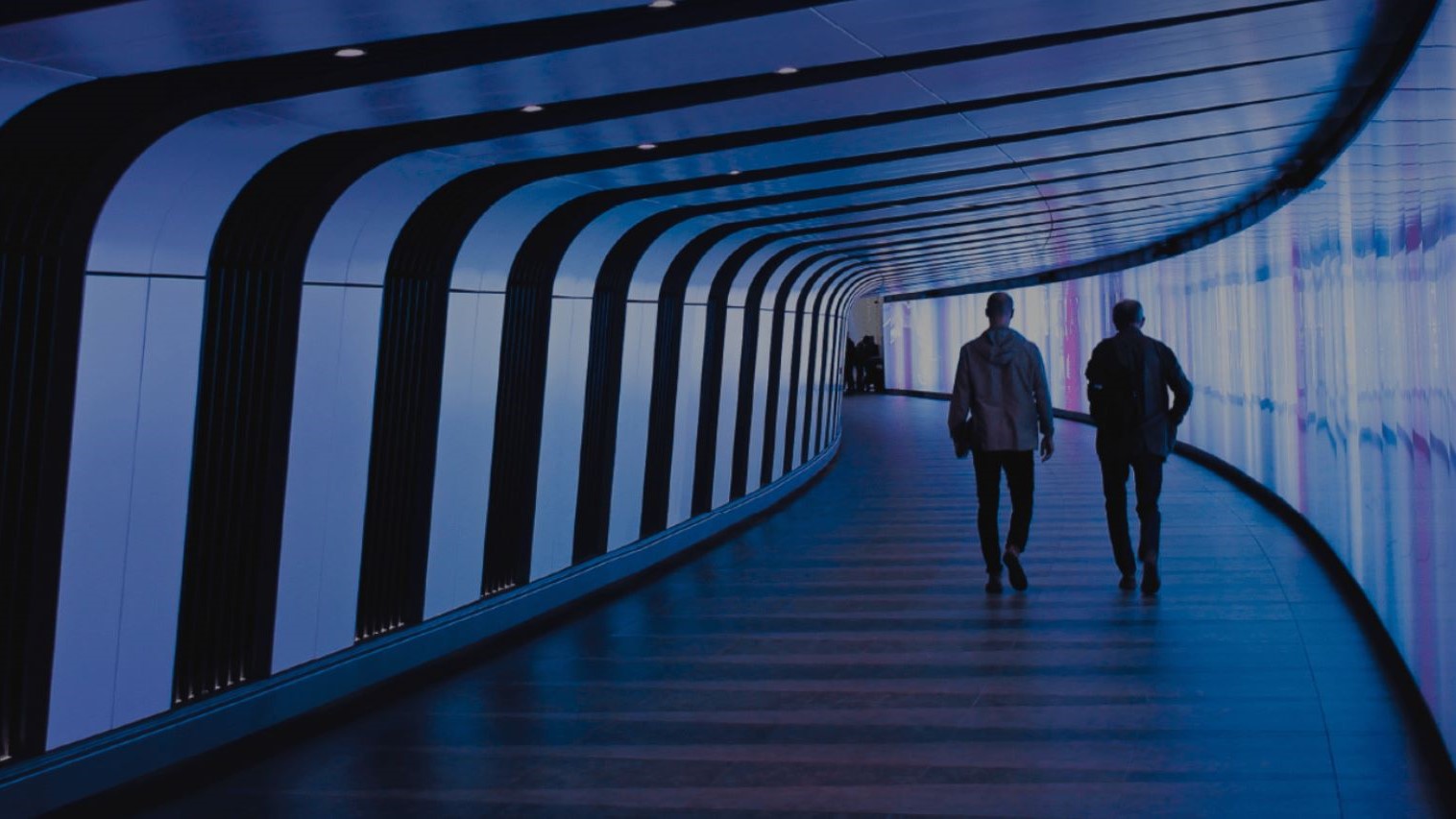In today’s fast-paced digital landscape, a strong visual identity is crucial for brand success, as it helps distinguish brands in a crowded market. AI-driven design automation is revolutionizing how brands create, manage, and enhance their visual identities by providing innovative tools and solutions.
AI-driven design automation allows for quick, affordable production of logos and marketing materials, while personalization engines tailor visuals to individual preferences, fostering deeper connections with audiences. Furthermore, AI ensures consistency in brand presentation and offers creative possibilities through generative design.
RAGGE employs AI to streamline design processes, ensuring that visual content is consistently aligned with the brand’s identity. Here’s a look at AI’s current impact and future potential in this transformative domain.

Current impact
AI-driven design automation and Efficiency
AI tools like Logojoy and Tailor Brands generate logos and branding materials quickly and affordably. These platforms use sophisticated algorithms to produce unique designs based on user inputs, making professional-quality branding accessible to businesses of all sizes.
Platforms such as Adobe Sensei assist designers with color palettes, fonts, and layouts, enhancing creativity and efficiency.
By automating repetitive tasks, AI frees up designers to focus on more strategic and creative aspects of their work. This automation not only speeds up the design process but also ensures a high level of precision and consistency in branding materials.
Personalization
AI enables the creation of dynamic, personalized marketing materials tailored to individual preferences and behaviors.
By analyzing data from various sources such as social media, website interactions, and purchase history, AI can generate visuals that resonate deeply with target audiences. This personalization helps brands design visuals that speak directly to their audience’s needs and preferences, increasing engagement and conversion rates.
Personalized visuals can range from tailored social media posts to customized email marketing campaigns, ensuring that each customer feels uniquely valued and understood.
Consistency and Brand Management
AI ensures adherence to brand guidelines, maintaining consistent fonts, colors, and imagery across all platforms.
Consistency is key to building a strong brand identity, and AI-powered tools help enforce these standards by automatically checking for compliance.
AI-powered image recognition detects any misuse of brand assets, strengthening brand identity and fostering consumer trust. For instance, AI can scan thousands of digital assets to ensure they align with brand guidelines, identifying any deviations and suggesting corrections.
This level of oversight helps maintain a cohesive brand image across all touchpoints.
Enhanced Creativity
AI-powered generative design algorithms and tools like DeepArt enable brands to create unique and innovative visuals, offering designers a wealth of creative options.
These tools can generate countless design variations based on a set of parameters, providing fresh ideas and inspiration.
AI can also assist in exploring new design styles and trends, helping brands stay ahead of the curve. By leveraging AI’s capabilities, designers can push the boundaries of creativity, producing visually stunning and impactful designs that capture attention and drive engagement.

Future Role of AI in Visual Identity
Hyper-personalization
AI will enable real-time adaptation of visual content, creating more engaging brand experiences. Predictive design will allow brands to anticipate and lead design trends, offering visuals that are not only relevant but also ahead of consumer expectations.
Hyper-personalization will see brands creating unique visual experiences for each user, dynamically adapting content based on real-time data. This could include personalized website interfaces, custom product recommendations with tailored visuals, and even personalized packaging for products.
Interactive and Immersive Experiences
AI will drive the development of augmented reality (AR) and virtual reality (VR) experiences, enhancing brand engagement through interactive and immersive visuals.
Brands will be able to create virtual showrooms, interactive product demos, and immersive brand experiences that captivate and engage audiences in new ways. These technologies will allow consumers to interact with brands on a deeper level, exploring products and services in a virtual environment that feels personal and engaging.
For example, customers might use AR to visualize how a piece of furniture would look in their home or experience a virtual tour of a hotel before booking.

Advanced Content Creation
Future AI advancements will facilitate the creation of AI-generated videos and sophisticated 3D models and animations, making high-quality content accessible to all brands.
These tools will enable brands to produce professional-grade visual content without the need for extensive technical expertise or resources. AI can automate the video editing process, generate realistic 3D models, and create animations that bring brand stories to life.
This democratization of advanced content creation will allow smaller brands to compete with larger ones, leveling the playing field and fostering innovation.
Seamless Integration Across Platforms
AI will help brands maintain a consistent visual identity across digital and physical platforms, ensuring a seamless brand experience tailored to different devices and contexts.
AI can analyze and optimize visual content for various platforms, from websites and mobile apps to social media and print materials. This ensures that branding remains consistent and effective, regardless of where or how it is encountered.
By integrating AI into their brand management processes, companies can achieve a unified brand presence that strengthens their identity and enhances customer loyalty.
Ethical and Inclusive Design
AI can identify and mitigate biases in visual content, promoting inclusive representation and optimizing design processes for sustainability.
By analyzing visual content for potential biases related to gender, race, age, and other factors, AI helps brands create more inclusive and representative visuals.
Additionally, AI can optimize design processes to reduce waste and improve sustainability, such as by recommending eco-friendly materials or efficient production methods.
Embracing ethical and inclusive design practices not only enhances brand reputation but also fosters a sense of trust and loyalty among diverse audiences.

Conclusion
AI-driven design automation is transforming branding by automating design, enhancing personalization, and creating immersive experiences.
As AI technology advances, brands can leverage these tools to stand out in a crowded marketplace, fostering deeper connections with their audiences through innovative and impactful visuals. Embracing AI in visual identity design is a strategic imperative for brands aiming to thrive in the digital age. By staying at the forefront of AI advancements, brands can ensure they remain relevant, engaging, and competitive in an ever-evolving digital landscape.





